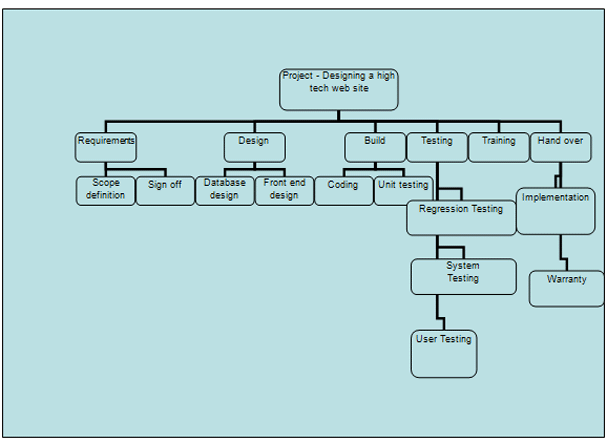Costs in Project Management – Costs associated with the Projects
February 12, 2025
 Mexico: The Auto Hub of the World
Mexico: The Auto Hub of the World
Bavarian Motor Works (BMW), which is a world famous car manufacturing company, has now set up its plant in Mexico. The company plans to use this plant to manufacture more of its famous 3 series vehicles. The unique thing about this plant is that it has been set up despite Trump’s constant blackmail to automobile […]
 Vendor Managed Inventory (VMI) – A collaborative Supply Chain Concept
Vendor Managed Inventory (VMI) – A collaborative Supply Chain Concept
As the name suggests, VMI stands for Vendor Managed Inventory. VMI involves a collaborative and continuous inventory supply owned, managed and replenished by the Manufacturer right up to the last stocking point or point of sale to end customer. VMI concept is widely being used by companies both as procurement business model and FG supply […]
 Globalization and its Discontents
Globalization and its Discontents
Globalization is a phenomenon that can mean many things to many people. For the workers and the executives in the manufacturing units of China, it can mean new opportunities and the chance to earn a decent living. For the software engineers in India, it can mean an upward mobility towards greater economic and social status. […]
 Is Australia Really Recession Proof ?
Is Australia Really Recession Proof ?
Australia has a peculiar economic history amongst the developed nations. Whereas all other developed countries have faced some economic downturn in the past few years, Australia has avoided recession for 25 years now! This is a record of sorts wherein a developed economy has been continually growing for such a long period of time. The […]
 What the Current Wave of Protectionism and Populism mean for the Future of Globalization and Free Trade
What the Current Wave of Protectionism and Populism mean for the Future of Globalization and Free Trade
The Rise of Populism and Protectionism The election of President Trump represents the cusp of the current wave of protectionism and populism that emerged in the aftermath of the Global Financial Crisis of 2008. As the Brexit vote and the emergence of populist leaders such as Vladimir Putin in Russia showed, the disaffection and dissatisfaction […]
This article details the high level project plan and the components of the same. A project is a success if it meets the objectives of time, cost, technical and business. Project objectives are defined in the preliminary project scope statement. As mentioned above, a project is deemed complete if the project objectives have been met. The objectives should be clear and achievable.
The objectives for this project have been summarized as:
The project plan must contain the time taken to complete the project end-end from requirements to implementation. A detailed analysis of each stage and the time taken for the same must be outlined upfront and milestones for each stage defined.
The cost for completion of the project as defined by the time taken to complete and the technical and business objectives being met is to be defined. All the project objectives are linked to each other and any change in one variable affects the others as well. For e.g. a change in the technical requirements would mean that more time would be required to complete the project and this in turn affects the cost. Thus there are cascading affects on each of the variables.
The business objectives have to be clearly spelt out by your company in terms of the sales generated, the cost benefit analysis of building a website and consequent revenue generation etc.
The technical requirements can be stated in terms of the quality of the deliverables and the number of defects found during each of the testing phases and the turnaround time for implementation etc.

The above chart is a representation of the Work Breakdown Structure (WBS) for the project. It represents a high to medium level summary and it can be refined further. The WBS has been summarized in the organization chart keeping in mind some factors like:
| Activity | Team Member | ||
| Team member 1 | Team member 2 | Team member 3 | |
| A (design) | P | S | |
| B (coding) | S | P | |
| C (testing) | S | P | |
P - Primary responsibility
S - Secondary responsibility
This chart cross references the WBS created for the project. Each of the work packages created in the WBS is allocated to each of the team members with primary and secondary responsibilities assigned accordingly.
The project plan consists of the above details as well as the WBS and the responsibility matrix. A detailed project plan needs more elaboration and is a separate activity altogether.
Your email address will not be published. Required fields are marked *